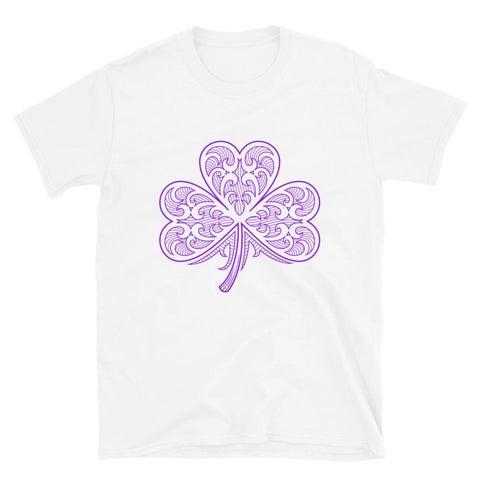My Cart
Your Cart is Currently Empty
powerful symbols - clothing apparel

To understand who created symbology, it is important to first have a good grasp of what symbology actually is. Symbology can be understood simply as a system of symbols, where Egyptian hieroglyphics are a very famous example. Symbology can be the art of expression using symbols, perhaps used in Norse mythology. Finally, symbology can be the study of symbols or the interpretation of them.
The first known usage of the word symbology was in 1840, although clearly the symbols themselves had been around for many hundreds of years before that.
Symbology helps us understand more about the world around us and become more perceptive in our own day-to-day lives. It can be as obvious as something carved into a cave wall or more subtle, like our own body language. The interpretations are passed on from generation to generation, and hidden meanings become clear.
Different cultures use different symbols to represent their messages, with anything from flowers and animals to depictions of the gods. Color is also considered heavily symbolic. Even today, the flags countries choose are heavily symbolic, with their color and often a flower that represents the nation, like a silver fern for New Zealand or a red rose for England. For many people, a shamrock is instantly associated with the Republic of Ireland. It is symbolic of the country and also said to bring good luck. If you’d like to try it out, check out our range of Shamrock T-shirts, such as this Purple Shamrock T-Shirt, and see if they bring you a little luck of the Irish.

Another widely understood Irish symbol is the Claddagh, usually used on eternity rings but printed on T-shirts, such as this Blue Claddagh T-Shirt, in our shop.

Some symbols are short-lived, while others last the test of time. Some will fade away before returning with a new meaning.
Of course, different cultures will interpret things in different ways; location, culture and beliefs will all impact the meaning of symbols.
Today, some of the most commonly used symbols are on maps and road signs. Everyone understands what they mean. Water is depicted as blue, and we all understand that a red cross stands for a hospital. This sort of symbolism needs to be universally understood. Writers are great users of symbolism these days and use a lot of descriptive symbolism; black and other dark colors depict death, for example.
At the other end of the scale from modern symbology in cartography, the ancient Greeks used a lot of symbolism in their storytelling. We might not realize it today, but the signs of the zodiac all stem from the ancient Greeks. While it might seem a little out of touch to study something that has been around for so long, we all know our star sign!
The 12 signs of the zodiac were all representations of elements the Greeks held in high esteem and things they felt they could see in the night sky at different times of the year. The word zodiac itself comes from the Greek word for “circle of animals,” and each is linked to one of the elements; Earth, Air, Fire and Water. With Libra being the only exception, each of the signs of the zodiac represents an animal or person. You can browse our full range of zodiac t-shirts, such as this Pink Scorpio T-Shirt, inspired by Greek mythology.

Of course, there is also the very personal symbolism we attach to our possessions, especially jewelry. In this instance, it’s very easy to confuse sentimentality with symbolism, and in many respects, they’re very similar. With our own symbolism, the understanding and interpretation is very limited and what might be hugely significant to one person will not be understood by the next person, who puts great significance on something else.
In answer to the question of who created symbology, it would seem to be something that everyone can do, and many have. Each family has a family history interpretation that they can pass down to the next generation. Many are similar because the stories told by the very enthusiastic expert groups have heard different, similar versions, and the stories are adapted from one generation to the next. Each strain of symbology follows cultural traits that really help to place the item, whether it’s the style of Japanese drawing, the intricate detail of the Celtic jewelry adopted by the Norse, or the depiction of Buddha that is more recognizable now than at perhaps any time in the past.
Symbology helps us to find meaning and comfort, so even if we attach our own meaning, items look set to be important forever.